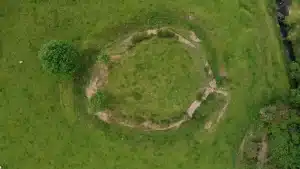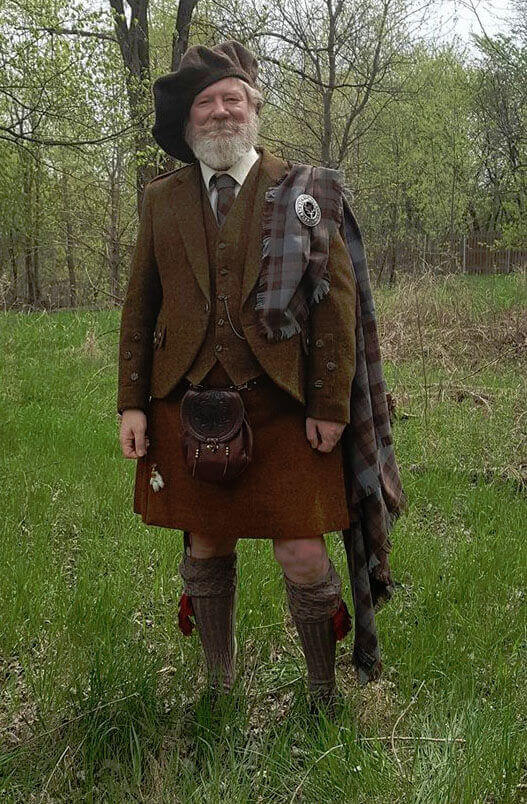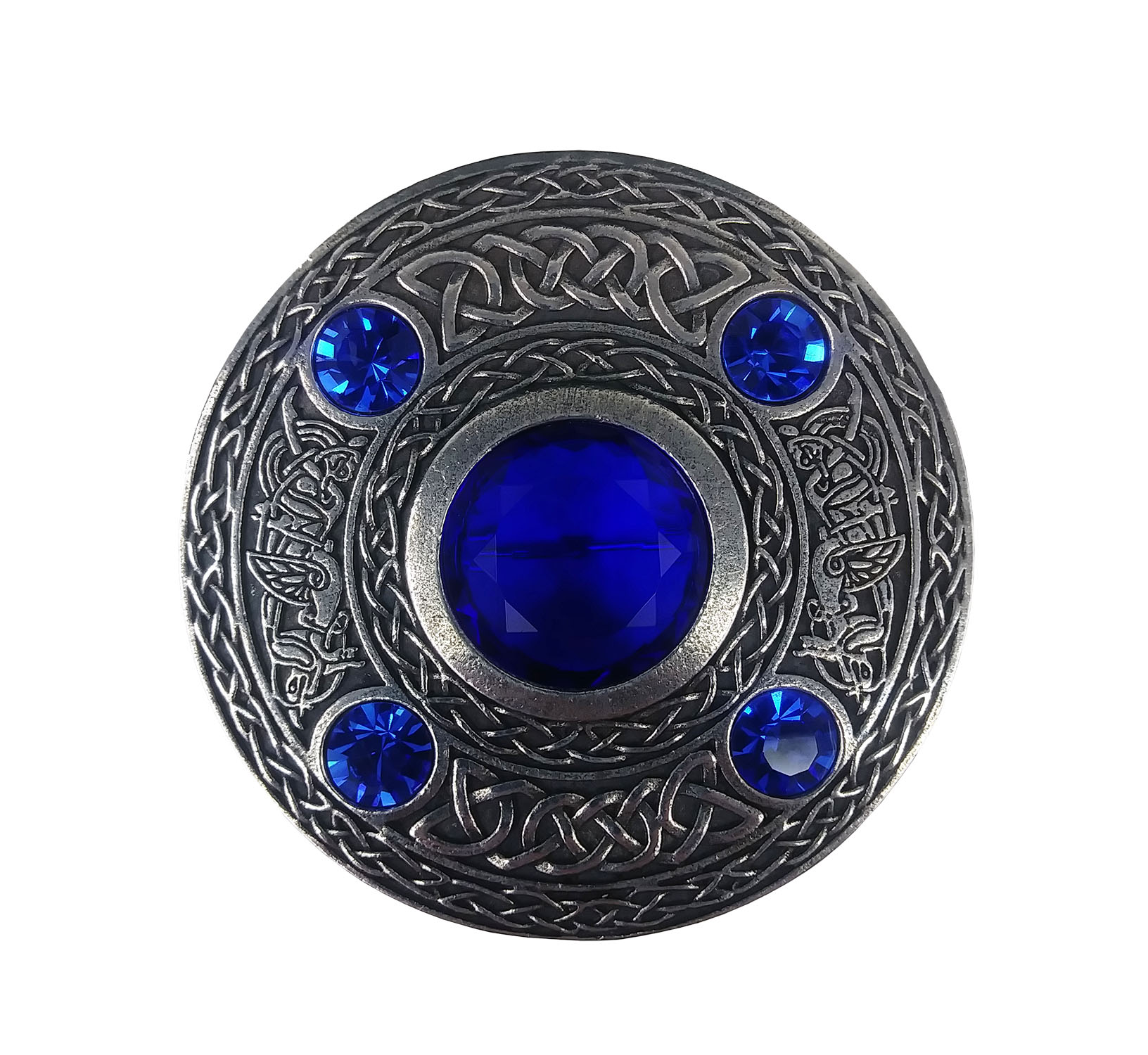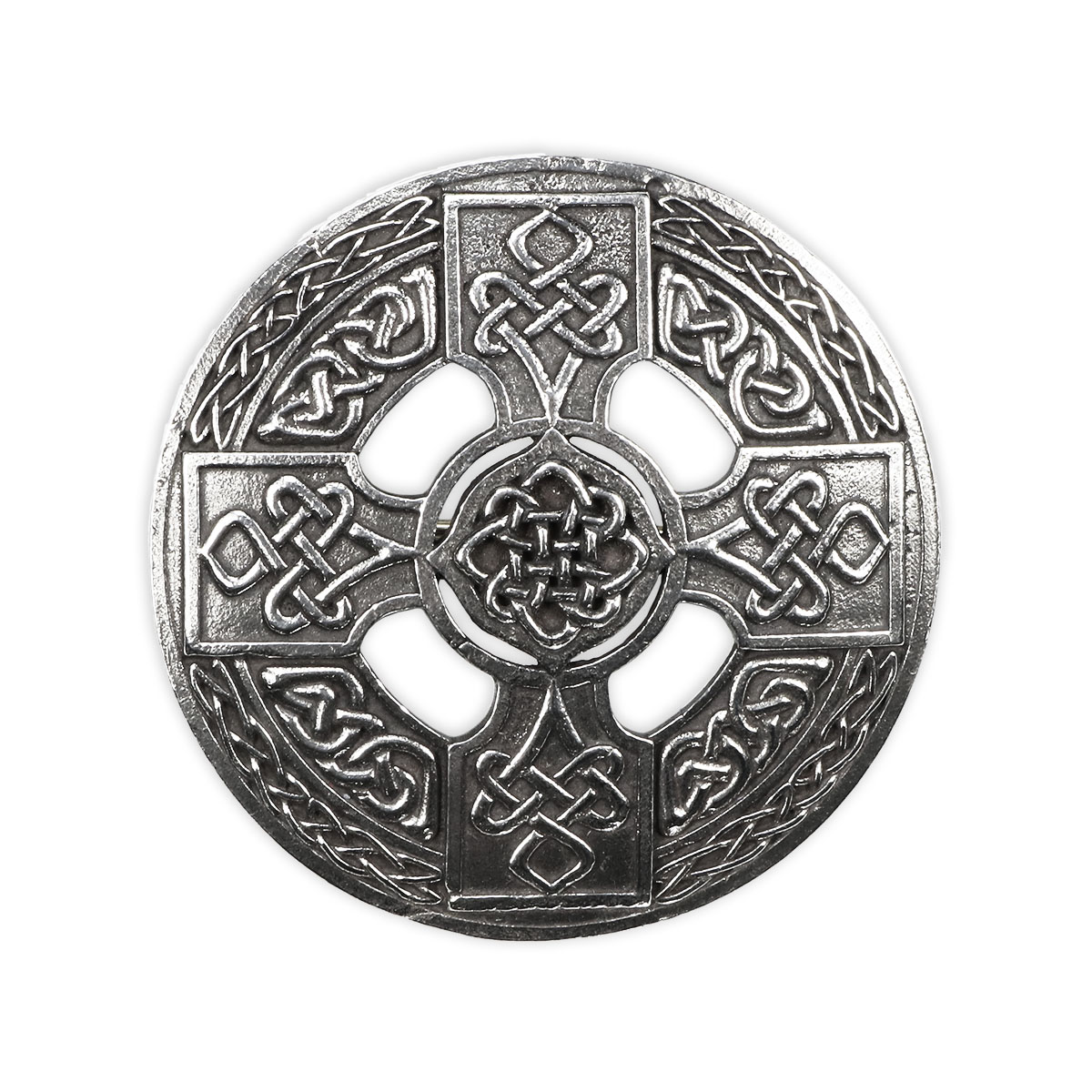Originally Published January 2014.
Trees & Kings
Sacred trees, or groves of trees, seem to have been an important part of Norse and Gaelic pagan customs. Yggdrasill, of course, is the “World Tree” or tree of life in Norse mythology whose branches extend over the nine worlds of that cosmology. Sacred trees or groves also seem to have be associated with Irish royal inauguration or “coronation” sites and repeatedly seem to have been targeted by other dynasties as a way to humiliate their victims and potentially cut them off from sacred site that blessed their rule.

In about AD 1000 Brian Boru defeated Sitric Silkbeard and the Norse inhabitants of Dublin. But rather than let all of his troops plunder the town, Boru sent a portion of his army to cut down and burn the trees of a wood known as Caill Tomair. Translated literally as “Thor’s Wood” it may have been sacred site for the Viking settlers in Dublin, and was an act of enough significance to have been preserved in the Irish Annals. Such attacks may have had both a religious and political symbolism as the conqueror established dominance over an area.
Brian Boru himself had earlier suffered such an attack in 981 AD. The forces of the King of Meath went straight to the inauguration site of Boru’s clan at to not only cut down, but also dig up the roots of the sacred tree -presumably to insure it did not grow back. They were not successful however. The tree at Maigh Adhair seems to have survived for another 70-some years (It perhaps grew back from “suckers” from remaining roots) until the King of Connacht attacked in 1051 and the tree was brought down for good.
In 1099 the men of Ulster were defeated and their tree Craebh-Tulcha was cut down by the Ui Neill. The Ulsters were eventually to have revenge cut down the sacred grove of the Ui Neill in revenge in 1111. The Ruadbeithech (red birch tree) of south Galway was cut down during an attack in 1129
The exact ceremonial role of the trees or groves is unknown. The Irish kings were not “crowned” as such, as that is apparently a more continental idea. They are likely to have taken an oath and been recognized, or accepted in some other way. Perhaps their slat na righe (rod of kingship) was also cut from the branches of the sacred grove. This rod of kingship seems to be first mentioned as part of the instillation of King of Briefne in the 12th century account the “Life of Máedóc of Ferns“. There, it specifies that the rod given to the king must be cut from a sacred hazel tree connected related to St. Máedóc at Mount Seskin, in Leinster. But it is clear from these repeated non-strategic attacks on trees or groves that they were of some significance to the clans or dynasties of the time.




